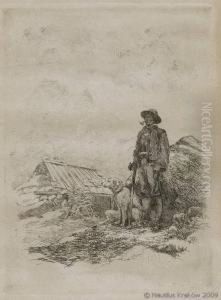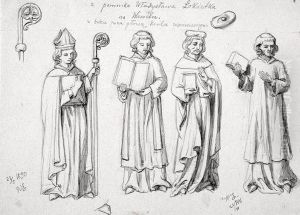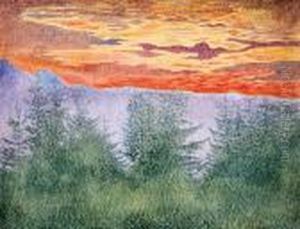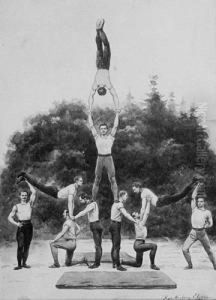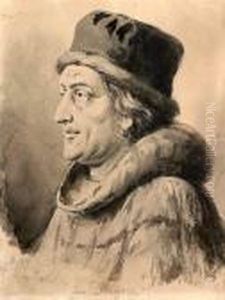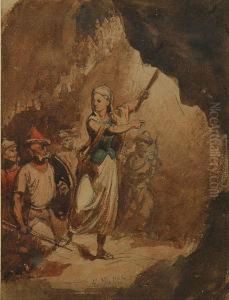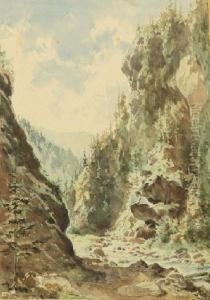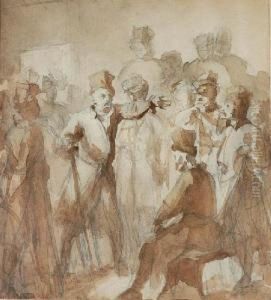Waleri Eliasz-Radzikowski Paintings
Waleri Eliasz-Radzikowski was a Polish painter, associated with the late 19th-century realism in Polish art. Born in 1841 in the region of Vilnius, which at the time was part of the Russian Empire, Eliasz-Radzikowski was part of the Polish national revival movement in art. He is lesser-known internationally but holds a significant place in the Polish art history.
Eliasz-Radziejowski studied at the Institute of Fine Arts in Warsaw, where he honed his technical skills and developed a passion for capturing the Polish landscape and its people. His work often reflects the social realities of his time, with a particular focus on the lives of peasants and the rural countryside. He painted genre scenes, portraits, and historical paintings, which were popular subjects among the Polish artists of the period.
Throughout his career, Eliasz-Radzikowski remained deeply connected to his Polish heritage, which is evident in his choice of subjects and style. His paintings are characterized by their detailed depiction of everyday life, use of naturalistic colors, and a certain romanticism that was typical for the era.
Eliasz-Radzikowski's work was recognized in his time, and he received several awards for his contributions to Polish art. He exhibited his works in many major cities, including Warsaw, Krakow, and St. Petersburg. Despite his success, he struggled with financial difficulties and the political tensions of the time, which affected the lives of many artists in the region.
After his death in 1905, Waleri Eliasz-Radzikowski's legacy continued to influence Polish artists. His dedication to portraying the Polish spirit and landscape has earned him a place in the canon of Polish national art. While he may not be widely known outside of Poland, his works are cherished for their authentic representation of Polish culture during a period of significant change.





